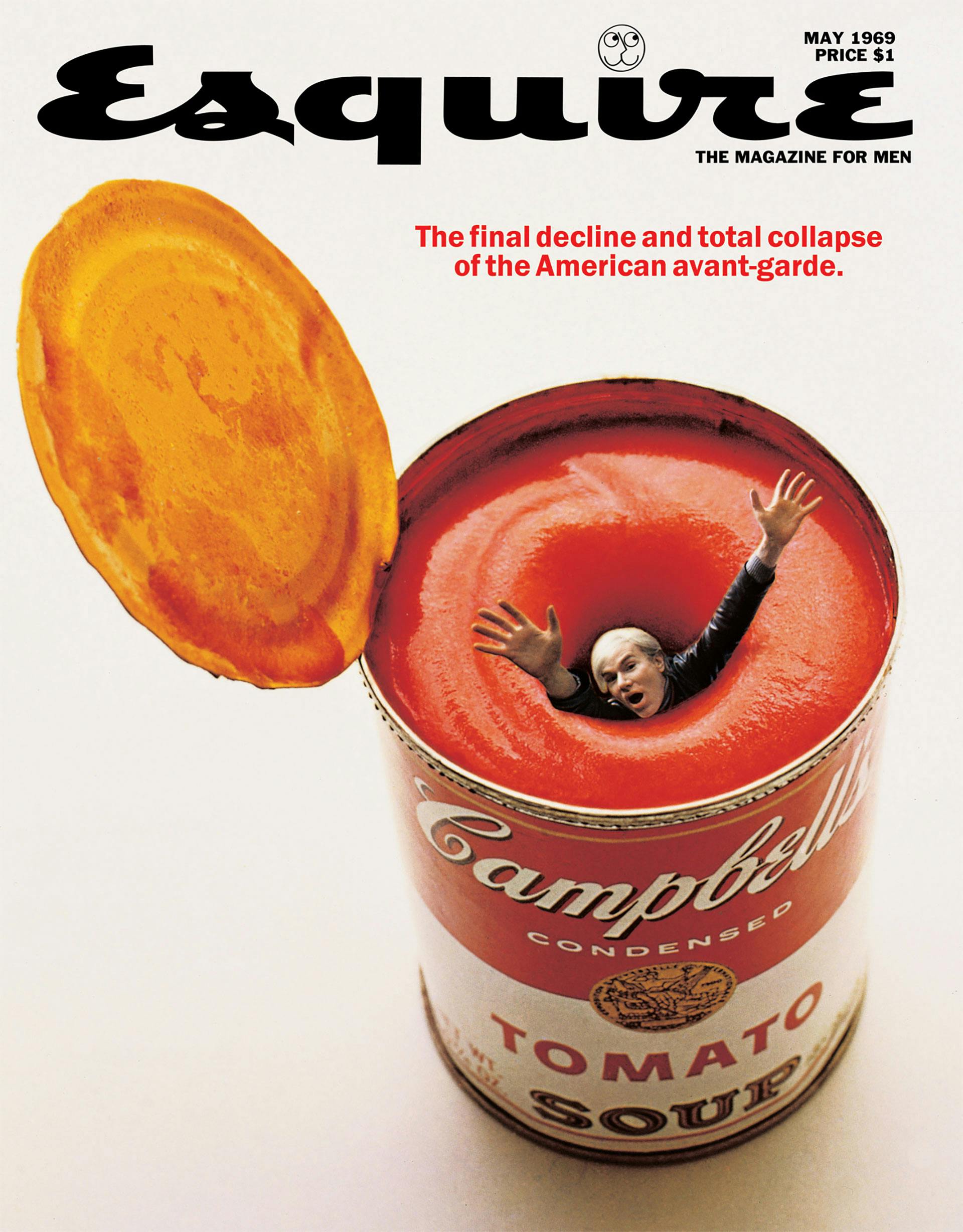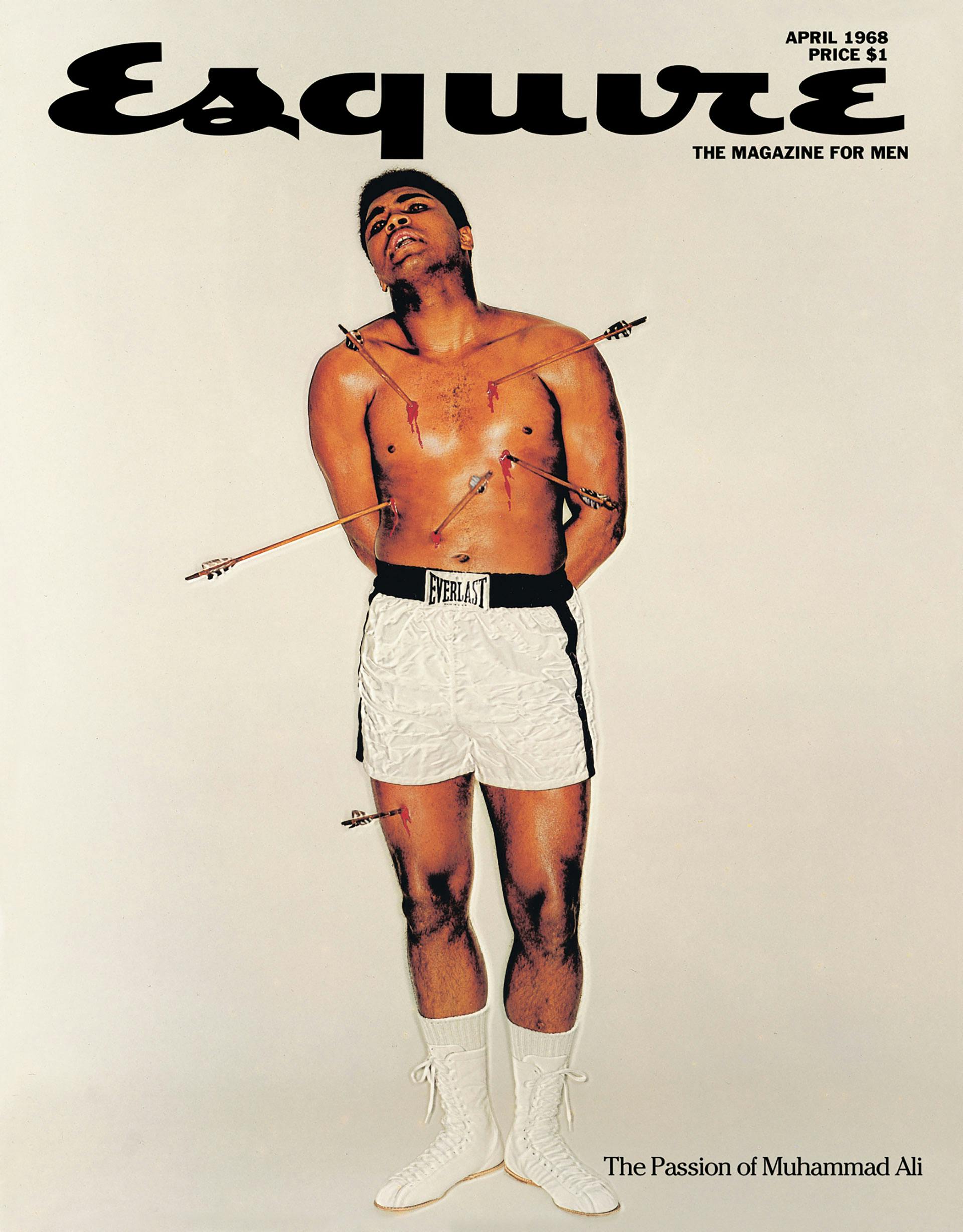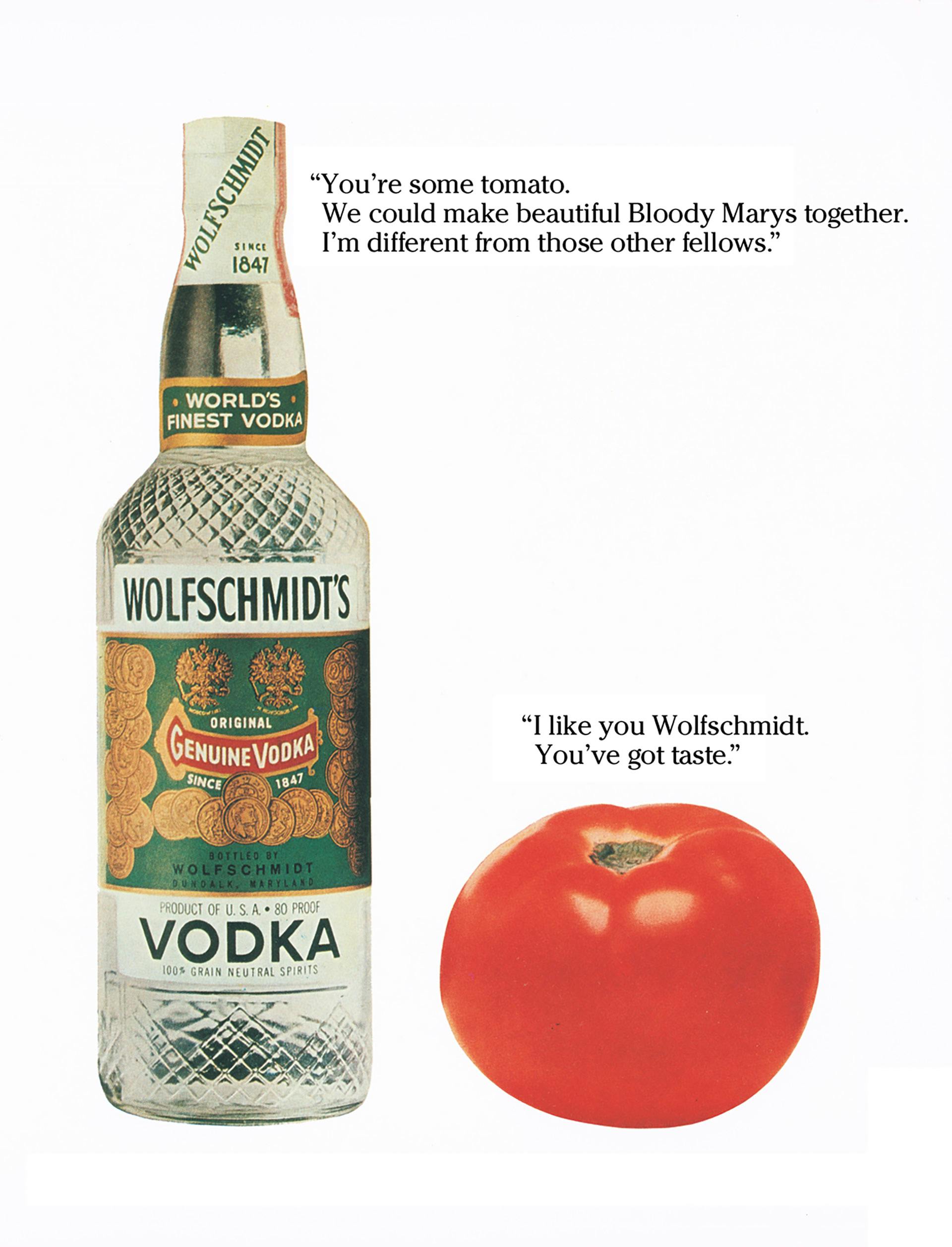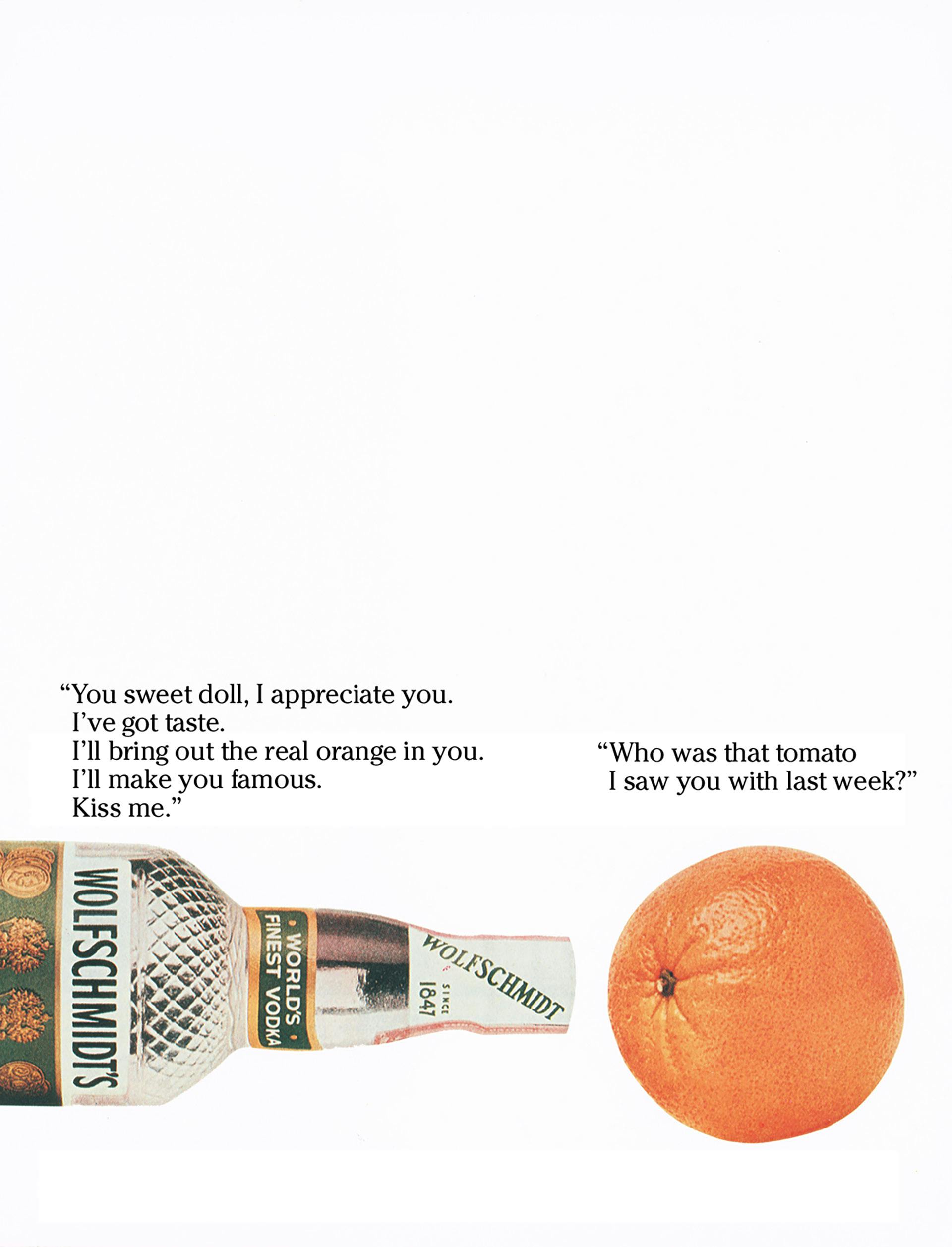Be careful George!
In his new book, legendary US ad man George Lois offers some ‘damn good advice’ to today’s creatives. CR talks to him about life as a 60s Mad Man and what he thinks of advertising now
Art director, graphic designer, and all-round advertising legend George Lois comes with his own slogan. Well, it’s more of an anti-slogan really, yet it has followed him around his entire life. “I kid around that when I was a baby in a crib, God or Michelangelo’s hand came through the ceiling on a dark and stormy night and said, ‘George, be careful!’,” he explains. “My mother, my father, my sister, everybody told me to be careful.” Thankfully, Lois ignored them all, and as a result has had one of the longest, most eclectic and creatively significant careers in advertising.
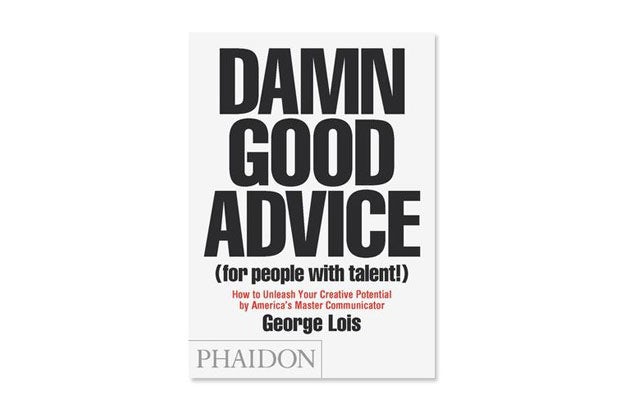
Lois’s anti-slogan makes an appearance near the start of his latest book, Damn Good Advice (For People with Talent!), which is published by Phaidon. The book trades in part on Lois’s recently renewed fame as the ‘original Mad Man’ (more on this later), but mainly on his longevity in the business, and positions him as a kind of brilliant if belligerent elder statesmen who is trying to lead today’s ad creatives into the light via the benefit of his experience. Lois’s personality – by turns charming and brilliant, egotistical and brash – springs gleefully from every page, as he offers up some tough but firm advice based on his six decades in the industry.

Sprinkled amongst the advice are anecdotes and examples of work from Lois himself. Lois’s early years included pitstops at CBS and Doyle Dane Bernbach, before he co-founded his first agency (of many), Papert Koenig Lois, in 1960, and the list of his colleagues and collaborators over the years reads like a roll-call of some of the most influential figures in recent US history: Andy Warhol, Muhammad Ali, Bob Dylan, Mick Jagger, Herb Lubalin, and Bill Bernbach all feature. His portfolio is peppered with campaigns, slogans and design work that truly influenced popular culture; among the most famous is his slogan I Want My MTV from the 1980s, which when backed by some of biggest rock stars of the era (who joined the campaign at Lois’s behest), reversed the ailing music channel’s fortunes, and Lois’s series of late 1960s covers for Esquire magazine, which included Warhol drowning in a can of Campbell’s Tomato Soup and Ali depicted as the martyr Saint Sebastian.
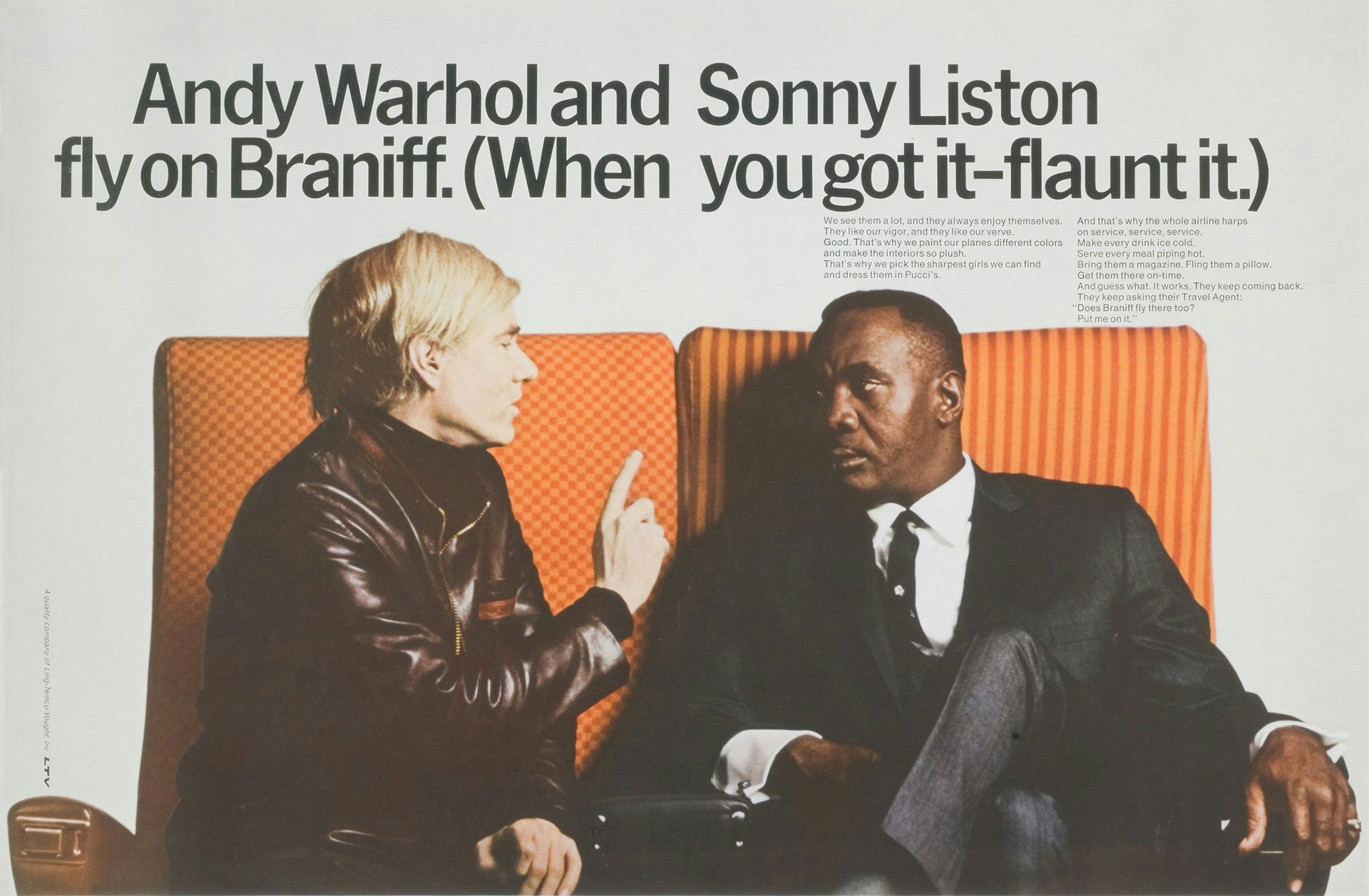
Creative revolution
Talking on the phone from New York, Lois describes the 60s and 70s – a period of ‘creative revolution’ in the arts in the US – as “the golden age of advertising, certainly in America”, and expresses a desire for a return to the creative thinking that the time symbolises. “I’m writing the book so everybody today can look at it and maybe come up with a new creative revolution,” he says. “But the attitude of most people in advertising and in design studios today is … I don’t see people who are happy or passionate, or who are excited about what they’re doing. Everybody seems to be so careful about what they do, I just don’t see the right attitude about their work. They’re exciting, terrific young people, and they are thrilled when they hear me speak but they’re kind of flabbergasted that anybody is out there that has gotten away with doing great work all his life, because I have the courage and the talent to do it.”
It’s easy to look back at the prime years of Lois’s career through rose-tinted spectacles, and assume that it was easier to make great work then. Yet Lois is quick to dismiss this idea. “I was able to glide through my career but even working with people who are terrific around me, nothing’s easy,” he says. “I had to fight for every inch of my work. I had to learn how to sell, and I had to learn to sell passionately. I had to learn how to protect my work. As far as I was concerned everybody around me was saying ‘George, be careful!’ to me my whole life. When I started my own ad agency, when I left Doyle Dane, I shocked the world – I mean I had the greatest job in the world, everybody thought I was nuts, nobody thought there could be a second creative agency, including Bill Bernbach. I thought there could be two or three or four or five, as long as the creative people ran the agency. I started my own agency, and we were hotter than Doyle Dane in two or three weeks.
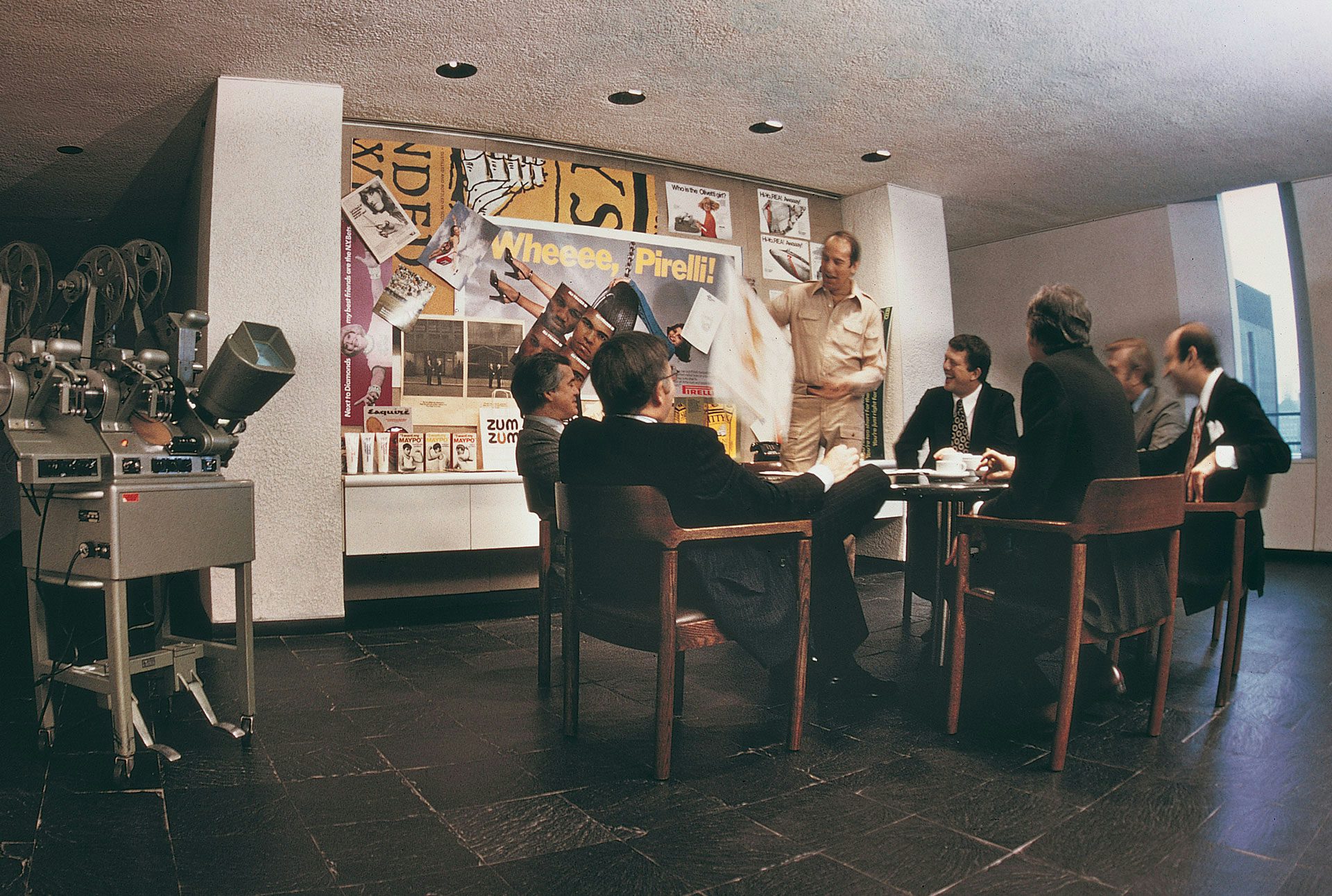
“But even when I had my own ad agency, in the middle of meetings sometimes, when I was showing them what we were going to do, somebody would say ‘oh George, be careful!’ and everybody in the room would bust out laughing. So that’s coming at you even in a situation where I was running my own show. I did what I wanted to do as far as everything that happened in my ad agency, and I handled the clients; and if I didn’t get an OK from the clients to do things in the ambitious kind of way I do my ad campaigns, I would get rid of my clients. I had the courage to get rid of clients. That’s where everybody goes wrong, you have to be courageous to be a great designer, to be a great advertising person. You have to be able to say ‘nobody can make me compromise my work’. The advertising has got to have the concept and the execution that I believe in. That’s why you come to me. And if you can’t accept that, I can’t work for you.”
The original mad man?
If, while reading this, you are imagining Lois in Don Draper mode, wooing the clients and creatives with a kind of moody charm, it would be best to put this out of your mind right now. For, despite being tagged as the original Draper, Lois despises the show, and its portrayal of the times, both in advertising and the wider culture. “The 1960s was a heroic age in the history of the art of communication,” he writes in Damn Good Advice. “The audacious movers and shakers of those times bear no resemblance to the cast of characters in Mad Men. This maddening show is nothing more than a soap opera, set in a glamorous office where stylish fools hump their appreciative, coiffured secretaries, suck up martinis and smoke themselves to death as they produce dumb, lifeless advertising…. The more I think about Mad Men, the more I take the show as a personal insult. So, fuck you Mad Men – you phony, ‘Grey Flannel Suit’, male-chauvinist, no-talent, WASP, white-shirted, racist, anti-semitic, Republican SOBs!”
The more I think about Mad Men, the more I take the show as a personal insult. So, fuck you Mad Men – you phony, ‘Grey Flannel Suit’, male-chauvinist, no-talent, WASP, white-shirted, racist, anti-semitic, Republican SOBs!
Unlike Draper, Lois was in charge of his career from the get-go, and clearly has fought hard for what he believes in over the years. This has included taking a political stance. Lois cuts a particularly unusual figure in advertising as he is as famous, if not in some ways more so, for his graphic design work for Esquire as he is for his ads. This project came about after new Esquire editor Harold Hayes approached Lois for his advice on how to enliven the magazine’s covers. After being told of the convoluted process that went into deciding a cover, Lois identified the problem as “group-grope”, his personal expression for the perils of collective thinking (“decisive, breakthrough creative decision-making is almost always made by one, two or possibly three minds working in unison,” he writes in the book. “Collective thinking usually leads to stalemate or worse.”). Lois diagnosed getting an outsider to look at the covers, to which Hayes responded, “how could anybody understand my magazine who doesn’t work here?”.

“I said, ‘I’ve done it 500 times with clients’,” remembers Lois. “A client comes in, I don’t know anything about his business, and we talk for an hour or so, and before he leaves, I know how to make him famous, I know how to triple his business. I said, ‘I do it all the time, you’ve got to go out and get somebody’.” Lois began suggesting names, but Hayes invited him to take on the job himself. His first cover was typically audacious, with Lois calling the upcoming championship fight between Floyd Patterson and Sonny Liston, picking Liston, the underdog, as the winner. Following this he produced a series of striking, and often politically controversial, covers for the title. With covers to match the editorial, the magazine vastly increased in circulation.
People say to me about the covers, ‘boy, you had some balls doing those covers’. I say ‘no, no, no – Harold Hayes had the balls to run them
“It became an important part of not only reflecting the culture but of helping to lead the culture,” he says now. “People say to me about the covers, ‘boy, you had some balls doing those covers’. I say ‘no, no, no – Harold Hayes had the balls to run them’. It didn’t take nerve from me.”
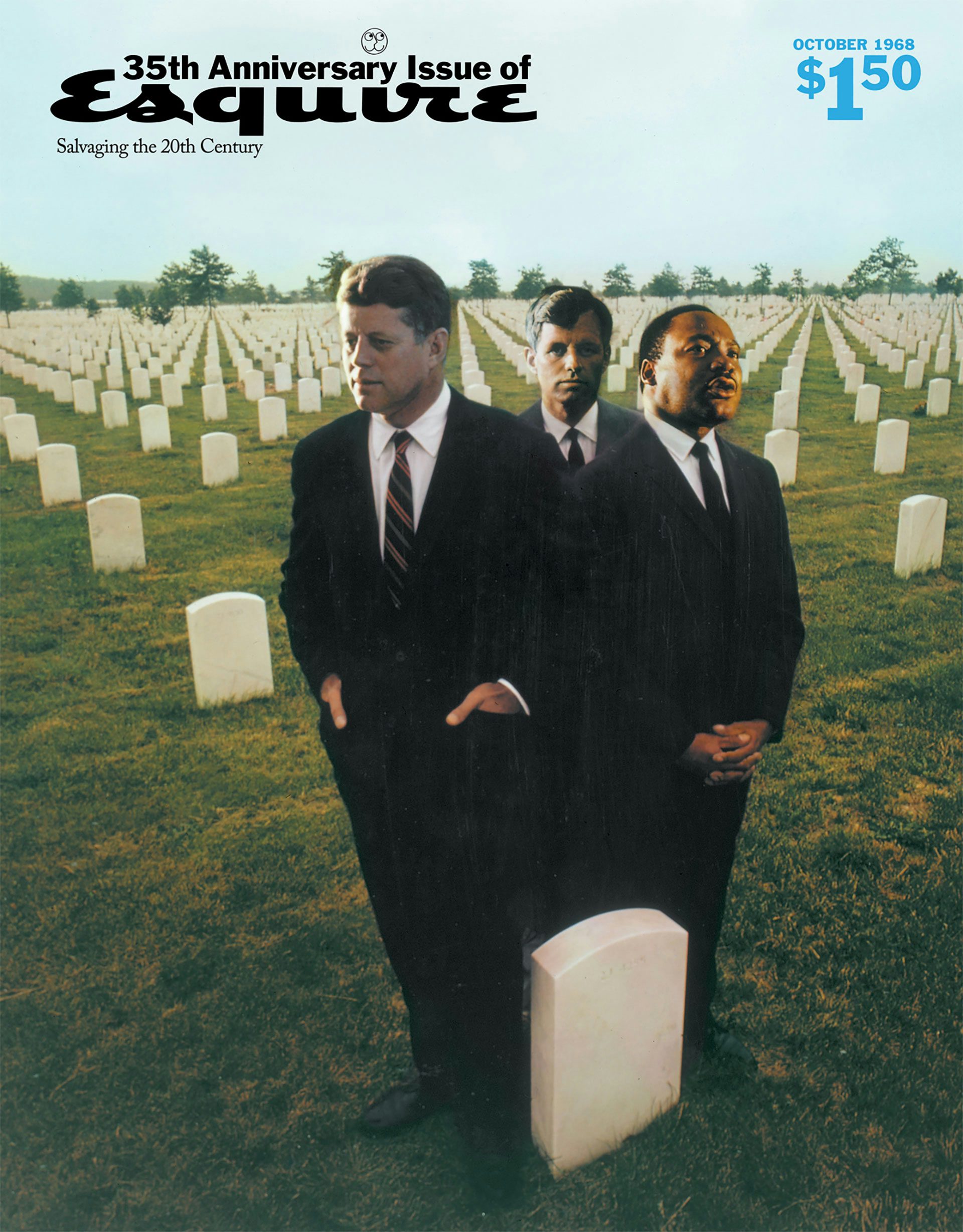
Despite his multiple talents, Lois is, at his core, a brilliant salesman. This is something he is proud of, and espouses in the book, a point which comes as something of a surprise, when so many ad creatives today are more likely to shy away from or be embarrassed by the overt selling that is at the core of their job. “They think it’s demeaning,” agrees Lois. “I mean, are you kidding? Let me at a client. With work I know is going to change his life, is going to make him an incredible success, let me at the guy. And the tougher they are, the harder they fall.”
Lois stresses that creativity informs his sales technique, in the same way it feeds all other aspects of his work, and Damn Good Advice contains numerous examples of how his innovative, at times outrageous thinking has won his agencies new business. Memorable Lois pitches have seen him threaten suicide or spontaneously jump on a plane to surprise a client, and his book is littered with photographs of him in full sales mode, physically imploring people to come on board with his ideas. One particularly delightful shot shows Lois convincing a hippieish Bob Dylan in 1975 to join his protest against the conviction of boxer Rubin ‘Hurricane’ Carter, who was sentenced to 300 years in jail for allegedly killing three white people in a New Jersey bar.

Lois already had public figures such as Muhammad Ali, Johnny Cash, Reverend Jesse Jackson and Norman Mailer supporting the Carter campaign and his idea was to ask Dylan, who had only recently emerged back into public life after a period as a recluse, to write a protest song and then perform it at Madison Square Garden. “A call here, some begging there, and I got backstage at a gig in Connecticut to go eye-to-eye with the passionate poet who I instinctively felt would be in total sympathy with Muhammad Ali and me in an attempt to right a brutal racial injustice,” he writes. “You’re looking at a photo of me and Paul Sapounakis (my co-organiser) doing a Svengali on Dylan, convincing him of Carter’s innocence and goading him to write a song…. A few weeks later he composed Hurricane, protesting Carter’s conviction, and performed it to tremendous emotional response from his young audiences.”

Changing times
Advertising has undoubtedly changed since Lois’s heyday. He holds typically bombastic views of what’s caused this, blaming in part the rise of the global network. “What happened finally is these terrible, conglomerate, no-talent, so-called marketing monoliths started to buy up agencies and you have five or six or seven agencies running the world, and if you’re part of them you’ll never be a creative agency, it just doesn’t work,” he says. “You can be an ad agency and you can have really perfect talent and you can grow, but you gotta be careful because at a certain point you become big and you become splintered, and someone comes to buy you and you sell out. It even happened to Doyle Dane.”
You can be an ad agency and you can have really perfect talent and you can grow, but you gotta be careful because at a certain point you become big and you become splintered, and someone comes to buy you and you sell out
He sees Papert Koenig Lois, his first agency, as playing a part in this negative evolution of the industry, when it became the first ad agency to go public. “I think we made a big mistake when we went public,” he says. “I thought it was fun to go public but I think what it did was it hurt our agency and it hurt everybody after that, because people went public and people bought up stock and before you knew it they were being careful about what their stockholders thought about their advertising. All of a sudden we weren’t the free souls we were before.”

The professionalisation of the client role in recent decades also comes under fire from Lois. “There isn’t a client who hasn’t taken the marketing courses or business courses in college,” he says, “they’ve all been taught that advertising is a science. Advertising is not, but how are those colleges and those places going to teach that advertising is an art? They wouldn’t know art if they tripped over it. So they’re taught that it’s a science and as such they become robots. I started to get those kinds of people in the 1990s: you’d do something that was terrific, and the guy would be excited maybe, but instead of saying ‘wow’ and instinctively grabbing hold of it, they would look to their senior VP and say ‘take this, and research it and find out if I like it’. They don’t use their own human instincts.”
So what would Lois do to change things now? His answer is short and to-the-point and, naturally enough, includes a plug for his own book. “When I talk to young creatives at agencies now, the more talented they are, the more unhappy they are,” he says. “They say to me, ‘what can I do?’ I say, ‘read my book’. And grow some balls, you know?”
Damn Good Advice, published by Phaidon, is out now, priced £5.95, phaidon.com; More on George Lois at georgelois.com

